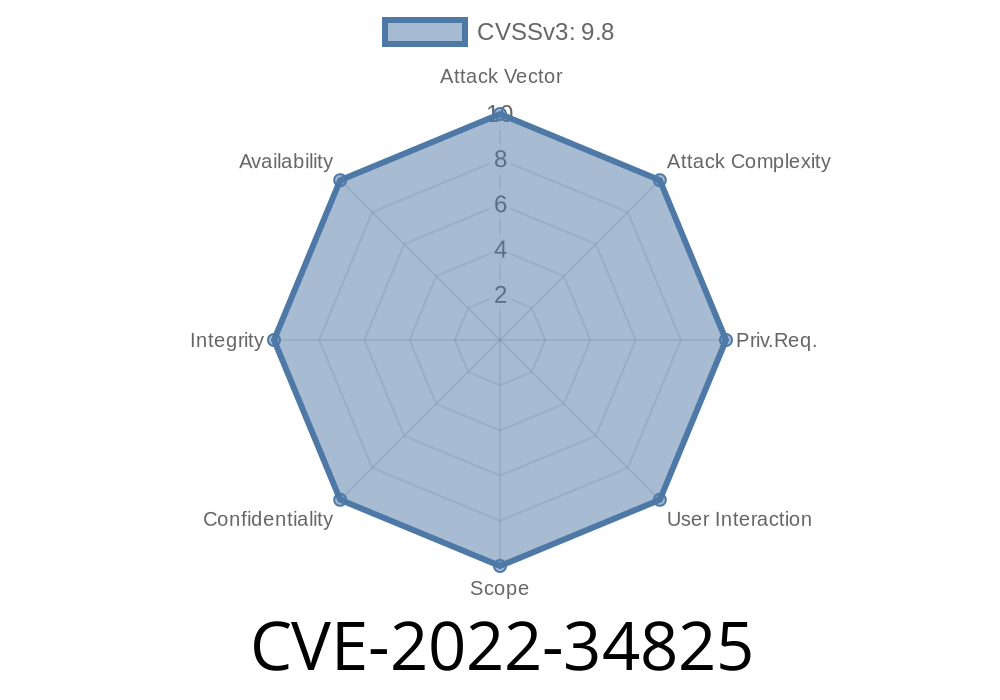Attention users of NEC CLUSTERPRO X 5., EXPRESSCLUSTER X 5., CLUSTERPRO X 5. SingleServerSafe, and EXPRESSCLUSTER X 5. SingleServerSafe for Windows! A critical vulnerability has been discovered, and if exploited, it could allow cybercriminals to gain unauthorized access to your system, overwrite files, and potentially execute harmful code. The vulnerability is tracked as CVE-2022-34825 and has been categorized as an Uncontrolled Search Path Element vulnerability. Read on to find out more about this security risk, how it works, and what you can do to protect your systems.
Vulnerability Details
The Uncontrolled Search Path Element vulnerability discovered in the mentioned NEC software products allows remote unauthenticated attackers to overwrite existing files on the file system and potentially execute arbitrary code. It is important to address this vulnerability promptly to prevent unauthorized access and data manipulation.
To exploit this vulnerability, attackers can craft a malicious file with the intent of overwriting a targeted file's existing data. This could lead to unauthorized access, data loss, and even further compromise by deploying harmful code.
For example, consider the following code snippet
malicious_file.c
#include <stdio.h>
int main() {
printf("You've been compromised!\n");
return ;
}
By placing this crafted malicious file in the uncontrolled search path, the attacker could cause the vulnerable NEC software to load and execute the file, leading to unauthorized access and malicious activity.
To delve further into the technical aspects of this vulnerability in detail, you can refer to the MITRE CVE entry:
- CVE-2022-34825
You can also refer to the National Vulnerability Database (NVD) entry
Recommendations
NEC has acknowledged the vulnerability and has released an update to address the issue. Users of NEC CLUSTERPRO X 5., EXPRESSCLUSTER X 5., and SingleServerSafe versions for Windows, are strongly encouraged to apply the patches provided by NEC immediately. For updates and support, visit the official NEC website:
- NEC Support and Downloads
Additionally, the following best practices can help mitigate the risk of such vulnerabilities
1. Ensure that your software and operating systems are always updated with the latest patches and security updates.
Be cautious while downloading and executing files from untrusted sources.
3. Strengthen security measures by implementing strong password policies, enabling multi-factor authentication, and restricting access to essential services.
Conclusion
As cybercriminals constantly seek ways to exploit vulnerabilities, it is crucial for organizations and individual users to maintain robust cybersecurity defenses. By staying informed about potential risks like CVE-2022-34825 and taking the necessary steps to address them, you can better protect your systems and sensitive data from unauthorized access and malicious activities.
Timeline
Published on: 11/08/2022 22:15:00 UTC
Last modified on: 11/09/2022 16:31:00 UTC
